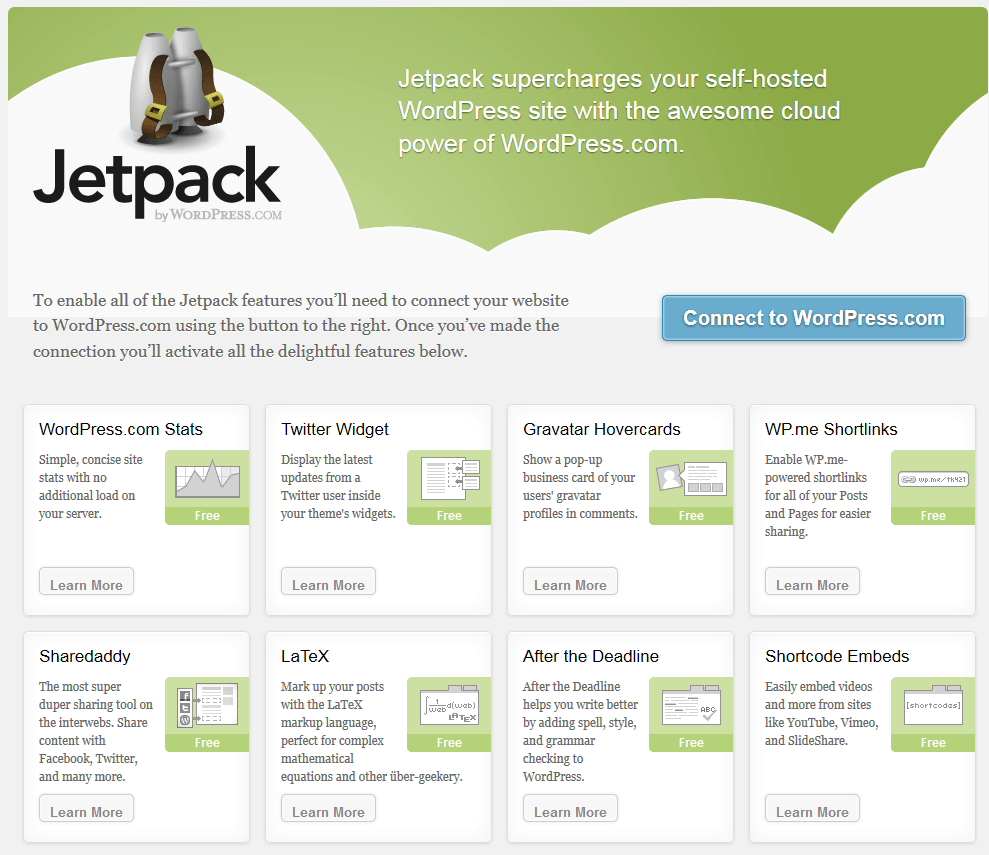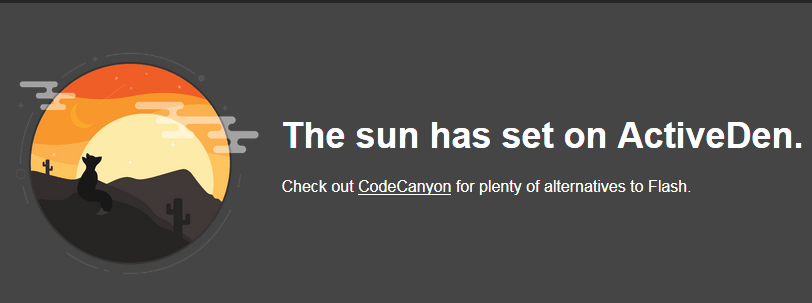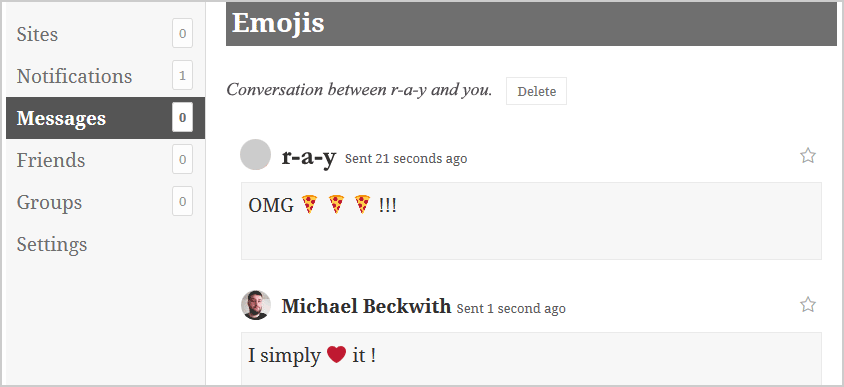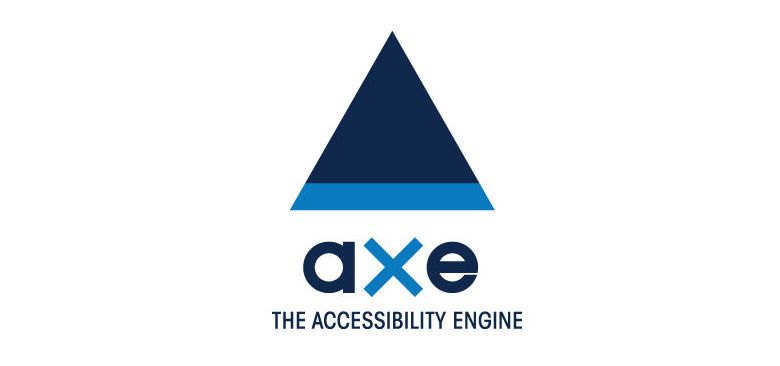On this day in 2011, Jetpack, the project formerly known as “.org connect” inside Automattic, was released to the public. At the time, the team consisted of five people. Today, there are more than 50 people on various teams within the project, including, support, user experience, growth, and development. It’s also active on more than 1 million sites.

Jetpack 1.1 User Interface
To celebrate the occasion, Jesse Friedman, Experience Advocate at Automattic, shares four unique stories from people who rely on Jetpack for their sites. The stories include a food blogger who uses 20 different modules, a developer who manages a number of sites, a new user who discovers the benefits of Photon, and a convert who prefers Jetpack over clunky alternatives.
Jetpack’s support team is also celebrating its fifth birthday. According to Carolyn Sonnek, Happiness Rocketeer for Jetpack, the support team responded to over 93,000 support messages between email and the forums last year.
In addition to Jetpack’s birthday, the site’s domain has moved from Jetpack.me to Jetpack.com. Automattic purchased the domain in December 2015, from Jetpack Design of Santa Monica, CA. According to domain appraisal service Estibot.com, its estimated value is $51K.
Interview With Jesse Friedman
Friedman describes his journey working on Jetpack and shares what he’s learned since joining the team.
How long have you been on the Jetpack journey and what’s it been like?
I started using Jetpack in the Spring of 2012. I was working as the Director of Web Development at a web development and marketing company. I needed several different tools to round out the WordPress environment I was building to house a 2,000 site multisite that was growing by 50 sites a month.
All of us on the team agreed that Jetpack solved a lot of different needs for us in one convenient plugin. As developers, we loved the out of the box features like Sharing, Publicize, and Monitor, and our clients loved Stats.
In 2014, I left that company and joined up with the BruteProtect team. We worked hard to build a great security plugin that has been implemented on millions of websites. Later in 2014, we were excited to receive the news that we were joining the Jetpack team to continue BruteProtect as a Jetpack feature. Released last year, Jetpack Protect guards our users from malicious and brute force login attempts. It was truly something special to go from being a big fan of Jetpack to being on the team at Automattic.
What are some things you have learned through Jetpack development that have benefited you in other areas?
In the last 18 months, I’ve been doing a lot of work around the experience users have with Jetpack. Everything from individual features, to the connection process, to our website and how we communicate with our users. I’ve learned a lot about Jetpack and our community. The main thing being that, while Jetpack provides a lot of value to professionals and veterans, it is just as, if not more important for new users.
Do you think Jetpack is a key component to WordPress reaching 50% market share?
The WordPress community as a whole is growing so quickly. Hosts provide really simple tools to build a WordPress website with a single click or even no clicks at all. That means that WordPress and Jetpack have to be just as intuitive and work to improve the new user experience.
This is especially important when we consider growing WordPress’ market share. I think everyone who builds something for WordPress, or publishes on WordPress, or organizes WordPress community events, are critical to growing to 50% or beyond.
Any WordPress tool or plugin that can help a user build their website faster while providing maintenance tools like Manage or security tools like Protect is going to play an important role in the growth of market share.
Jetpack specifically, is in a unique position because we can leverage the WordPress.com infrastructure and network to build extremely powerful tools (like a global CDN) in an otherwise simple interface. Not to mention Jetpack’s popularity, it’s one of the most popular plugins across all of WordPress. Which is reinforced for me as I spend more and more time with our users, who are quite happy.
Paid Services in Jetpack Remain at a Minimum
Jetpack has come a long way since its inception but it’s interesting to look back at 2011 and review what some in the WordPress media world had to say about it. Ryan Imel, of WPCandy.com, looked into new opportunities for Automattic as Jetpack provided a direct line into millions of self hosted sites.
Jetpack is now a direct line in to WordPress.org Dashboards for Automattic. When (not if) Automattic releases a new software as a service, a simple update to Jetpack will bring that news in front of a serious number of WordPress.org users. This is a big step for Automattic, since up to now their reach has been mostly within the walls of WordPress.com. Now Jetpack is not only available for anyone to use, but it will come preinstalled with one-click installs of WordPress with a number of hosting providers.
Jetpack’s goal was to provide many of the useful features on WordPress.com to self-hosted users and while it does that, the business portion of the plugin can’t be ignored. Automattic owned services VideoPress and VaultPress are presented to millions of users who may otherwise not have known about them.
Today, Jetpack contains only two modules that require a paid subscription, VideoPress and VaultPress. So while it would be easy to increase Jetpack’s revenue generating capabilities by cramming it with commercial services and paid add-ons, Automattic has not done so.
At the end of the post, Imel asks a question that couldn’t be answered at the time, “In a large sense, what does Jetpack mean to the world of WordPress?” Fast forward five years later, we know that it’s a key component that’s helping WordPress move towards 50% market share.
Jetpack Pride
The five year mark is a great milestone for any plugin and a great time to reflect. In Jetpack’s five year existence, Matt Mullenweg, WordPress co-founder, says what he’s most proud of, “I’m most proud of the fact that people who start using WordPress and Jetpack at the same time are more likely to be using WordPress a month later. It brings us closer to WordPress’ over-arching goal of democratizing publishing, giving users the ability to have the best of both worlds: open source and cloud.” Mullenweg said.
Share Your Jetpack Story
The Jetpack team is looking for feedback on how it’s saved you time, help you build websites faster, helped optimize your sites, etc. You can share your story by publishing it in the comments of this post or by using the #JetpackTurns5 hashtag on Twitter. One of my favorite stories so far is from Cecil Rainon who discovered WordPress through Jetpack and now works for Automattic.
We use a number of modules to provide basic functionality such as contact forms, custom CSS, Likes, Protect, and more. In fact, every module except for five are activated on the Tavern. Using one plugin that handles a lot of the functionality we use on a daily basis is easier to maintain than using a number of separate plugins.
Happy birthday, Jetpack and here’s to five more!
 photo credit: cutting in – (license)
photo credit: cutting in – (license)



 P.S. Check out that new domain.
P.S. Check out that new domain.































